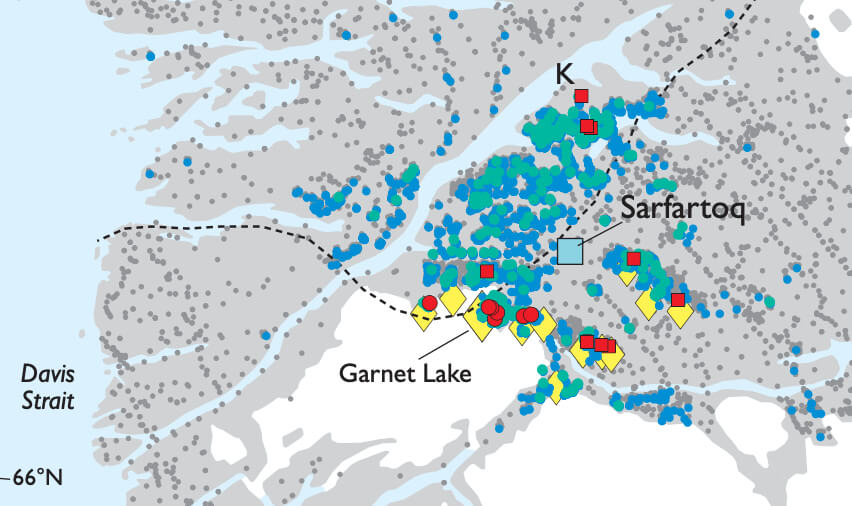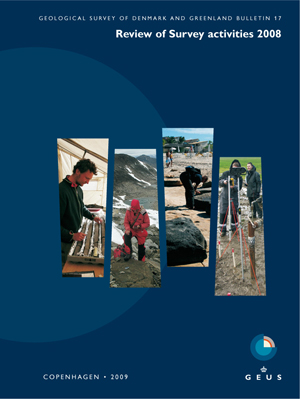
How to Cite
Share
Abstract
The search for diamonds in Greenland has resulted in the discovery of many new dykes of kimberlite and ultramafic lamprophyre and, most importantly, in the acquisition of a wealth of chemical data on rocks and minerals representing mantle material entrained by the dyke magmas. The discovery of a diamondiferous sheet at Garnet Lake in southern West Greenland stimulated the research (Hutchison 2005). Over the past five to ten years, the Geological Survey of Denmark and Greenland together with the Bureau of Minerals and Petroleum in Greenland and international research groups have acquired, processed and interpreted data with the objective of identifying diamond-favourable regimes within the lithospheric mantle below the Archaean craton in West Greenland. Here we present mineral data from drift samples that allow us to identify where mantle conditions in terms of lithology and depth may be favourable for the occurrence of diamonds.
How to Cite
Share
Copyright (c) 2009 Agnete Steenfelt, Sven Monrad Jensen, Troels F D Nielsen, Karina K Sand, Karsten Secher

This work is licensed under a Creative Commons Attribution 4.0 International License.
Downloads
Edited by Ole Bennike, Adam A. Garde and W. Stuart Watt
This Review of Survey activities presents a selection of 19 papers reflecting the wide spectrum of activities of the Geological Survey of Denmark and Greenland, including field-based, laboratory and remote sensing studies.
The Survey's activities in Denmark are illustrated by ten articles covering the [...]









